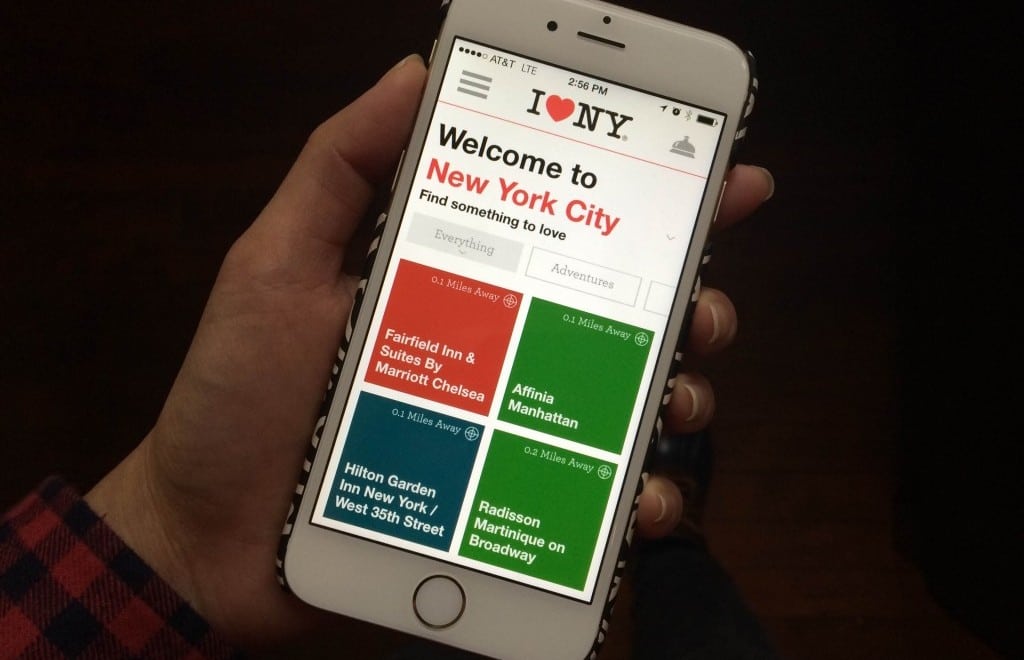What's Not To Love About the New 'I Love NY' App? Just the App

Skift Take
Tourism boards that are getting in the app game need to form real partnerships to bridge app user activity with referral information to benefit both attractions and hotels and in-market silent travelers.
With the content -- user-generated and owned -- that Empire State Development's Division of Tourism is pumping through its online properties, repurposing the content for mobile consumption and aligning its digital effort with its business goals is the next logical step.
But that's easier said than done when it comes to expecting a state agency to meet the standards set by tech companies.
New York's Division of Tourism launched the I Love NY app with a television commercial a in January. The main purpose of the app is to provide a discovery tool for travelers in-market with suggestions on-the-go driven by pre-existing content that is featured on its website.
Within two days of its launch, I Love NY claimed to have attracted more than 5,000 downloads from iTunes and Google Play. According to the state, users visited 3,205 attractions that were on the app, and people who downloaded the app spent an average of one minute and 19 seconds on iOS and five minutes and 41 seconds on Android.
What the App
